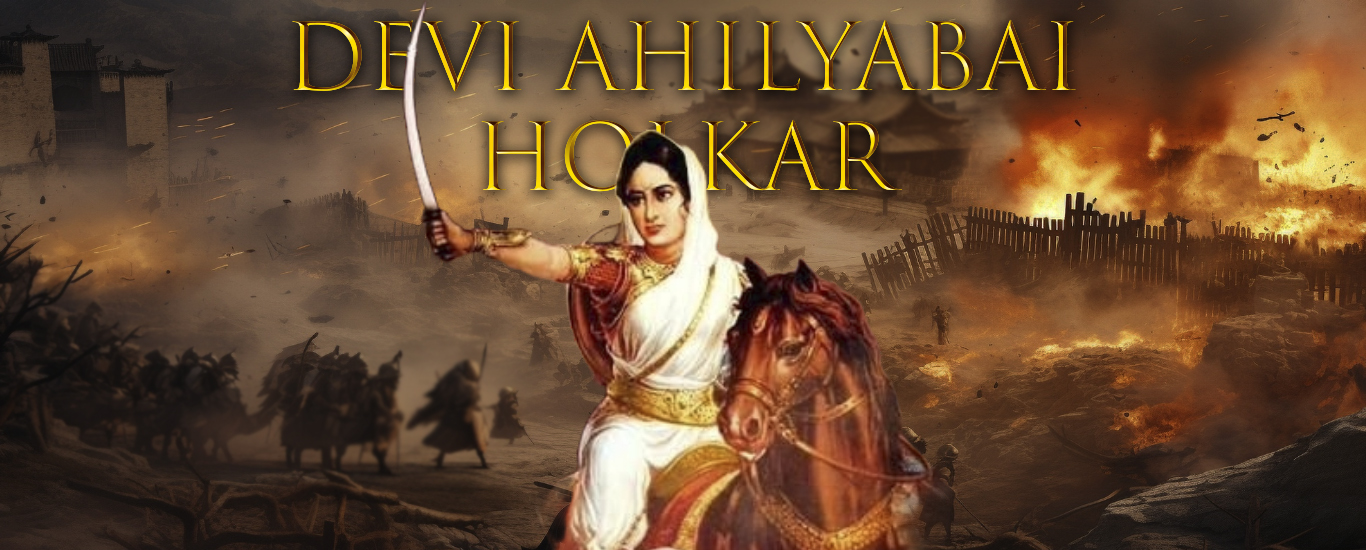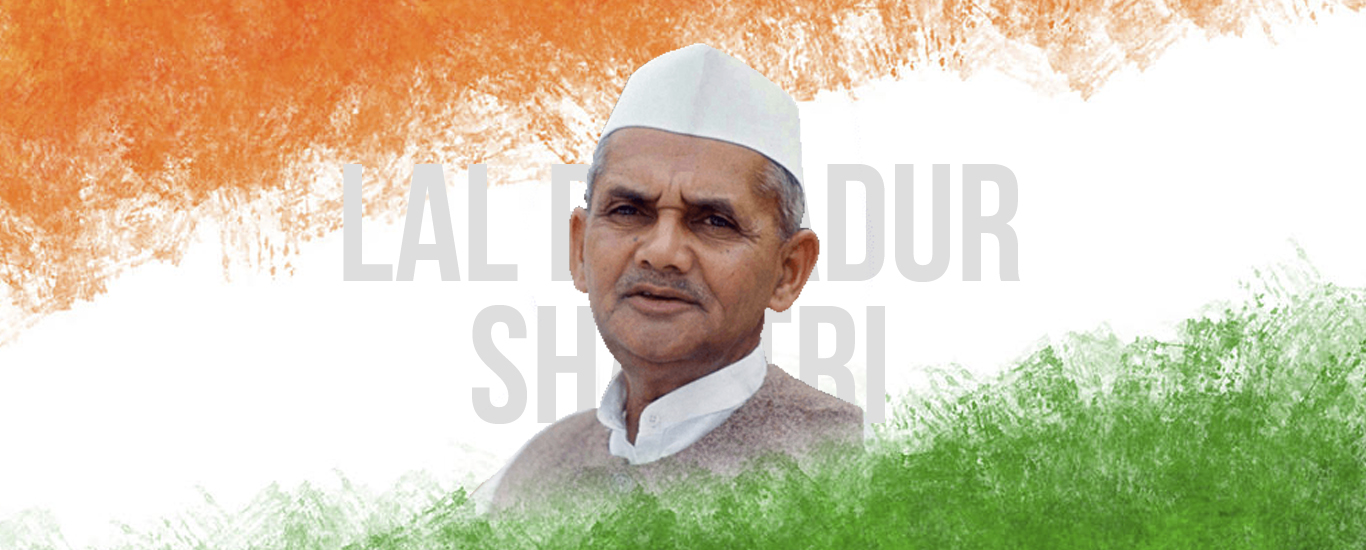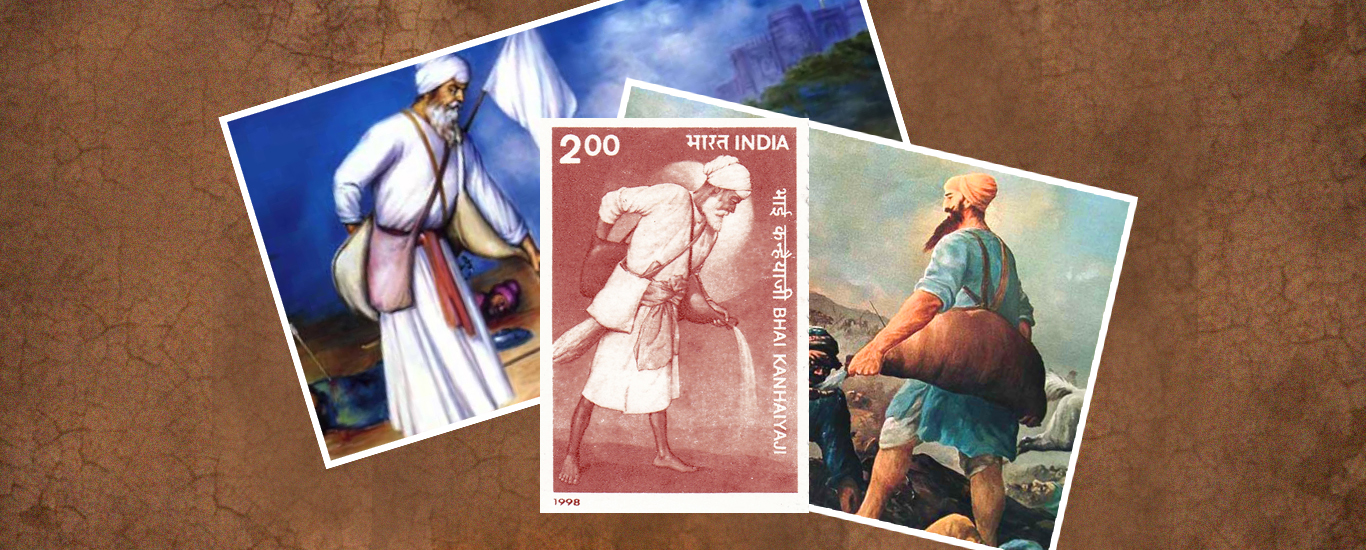Nanak Singh – The Writer of ‘Khooni Vaisakhi’ – The poem about Jallianwala Bagh massacre
That narrow lane to enter the Bagh
Sealed off on Dyer’s command, my friends.
No exit, no escape, no way out was left
Making the Bagh a deathly trap, my friends.
A fortunate few somehow survived
While most died then and there, my friends.
Some ran with bullets ripping their chest
Stumbling to their painful end, my friends.
Others caught the bullet while running away
Dropping lifeless in awkward heaps, my friends.
In minutes, the Bagh so strewn with corpses
None knew just who was who, my friends.
Many of them did look like Sikhs
Amid Hindus and Muslims plenty, my friends.
In the prime of their youth, our bravehearts lay
Gasping for one last breath, my friends.
Long hair lay matted in blood and grime
In slumber deep they sleep, my friends.
Says Nanak Singh, Who knows their state
But God the One and Only, my friends.
(Khooni Vaisakhi)
The lines which entails the despairing struggle of a man who went through a massacre, Nanak Singh, the Father of Punjabi Novel.
A literary enthusiast, Nanak Singh, was a person who survived the Jallianwala Bagh massacre on 13 April 1919. A man of 22 years feasted his eyes on General Reginald Dyer’s troops open fire randomly on unshielded civilians protesting against the Rowlatt Act and the arrest of Saifuddin Kitchlew and Dr Satyapal popular freedom fighters.
Early Life
Apparently, Nanak Singh lived an extraordinary life. He was the oldest of four children and was born on 4th of July 1897 in Chak Hamid, a small hamlet five hours away from Multan in present-day Pakistan. He was named as Hans Raj by Bahadur Chand Suri and Lachchmi Devi, his parents. In the city of Peshawar, his father ran a modest trading shop so he spent his initial years there.
When he was barely 10, he was compelled to run the shop after his father died of pneumonia. He had a formal education only up to Class 4, Hans Raj, even though carrying the hardship of supporting his family, he still created a real love for music and poetry. In 1909, an eight-page booklet of his verses was published under the title ‘Sehrafi Hans Raj’ at the age of 12.
After six years his life had changed when he met a scholarly figure Giani Bagh Singh in the local gurdwara. It was then he converted himself to Sikhism and changed his name to Nanak Singh. Nanak Singh’s first crucial encounter with organized politics came with the Akali Movement or the Gurdwara Reform Movement and in the early 1920s the struggle for Indian Independence.
The Massacre And Nanak Singh
The 1919 bloody massacre at Jallianwala Bagh in Amritsar, which is more than a hundred years old, is both the end and the beginning for Nanak Singh’s moving piece of poetry to its martyrs, Khooni Vaisakhi.
Nanak Singh survived the massacre from the hundreds who were shot to death on that earth-shattering day in Amritsar. Nanak Singh became unconscious in a stampede caused by the firing and was left for dead under a pile of dead bodies. His two friends who accompanied him in the protest had died. Singh had suffered hearing damage in his left ear. He walked out of Jallianwala Bagh after arising from the pile of body’s hours later when he regained consciousness.
In December 1971, Nanak Singh died, just a few weeks after the embarrassing yield of Pakistani troops to India and the development of Bangladesh being an independent nation. Nanak went through an eventful life which was transformed around by the Jallianwala Bagh tragedy in Amritsar; then as an enthusiastic activist and freedom-fighter against British colonialism. He also witnessed the Partition of India in 1947.
Khooni Vaisakhi
‘Khooni Vaisakhi’, Nanak Singh’s Punjabi poem, which is quite long which runs for more than 4,000 words, depicts in vivid, pathetic and accurate detail of the events of 13 April leading up to the horrors, its prompt consequence and seizes the situation of Amritsar.
A judgmental critique of the British Empire and its actions on the day banned the poem days after its publication on 30 May 1920. After the poem became banned, this piece of art was lost to the world for six decades until it was found again and republished in November 1980.
The poem was recently translated into English by Nanak Singh’s grandson Navdeep Suri, a career diplomat.
The theme behind the poem can itself become a subject of another book, in that how the poem was banned by the British upon its publication in 1920, its existing copies burnt; just a year after the Amritsar tragedy; and its rediscovery after 60 years before being translated into English.
In Nanak’s storied literary career, the poem ‘Khooni Vaisakhi’ was barely a blip. But it’s aptness to the larger narrative of the freedom struggle and the lessons it holds for today’s generations cannot be unnoticed. This was the reason behind Navdeep initiating a challenge of translating it into English so that it could reach a much wider audience than Punjab. An excellent feature of the translation is how Navdeep stayed true to the poem’s rhyme and metre.
“Before Khooni Vaisakhi, I had translated two of my grandfather’s novels. Poetry, however, was a different kettle of fish altogether. Initially, I felt that I was not upto the task. Everyone suggested that I translate this poem in free verse, which gives you greater flexibility in conveying the exact meaning of what the poet is trying to say. Initially, I tried this approach on a couple of passages, but it didn’t gel,” says Navdeep.
This massacre inspired Nanak Singh to turn to nationalism. It was also a key turning point in India’s independence movement.



